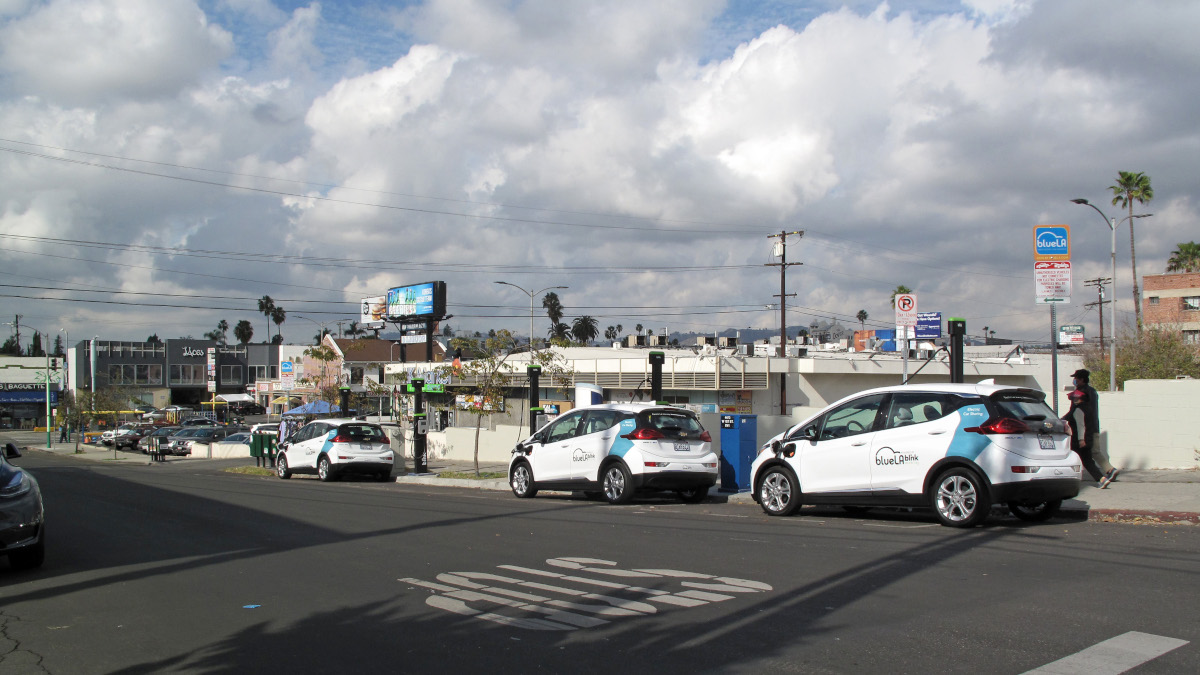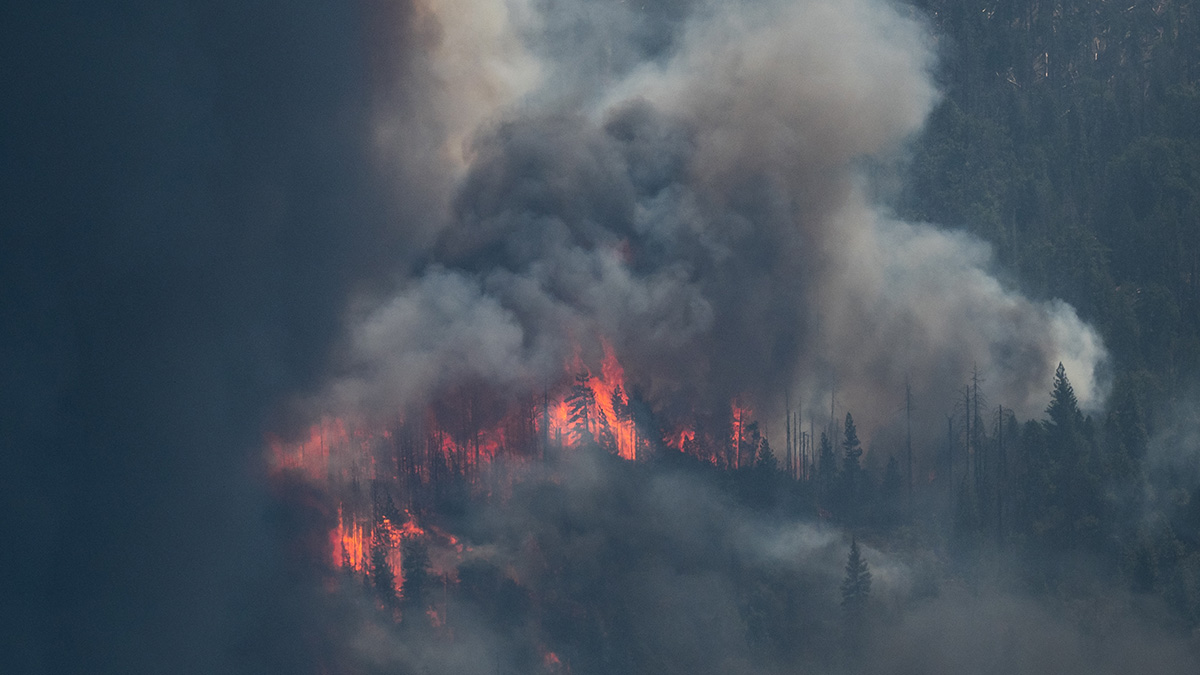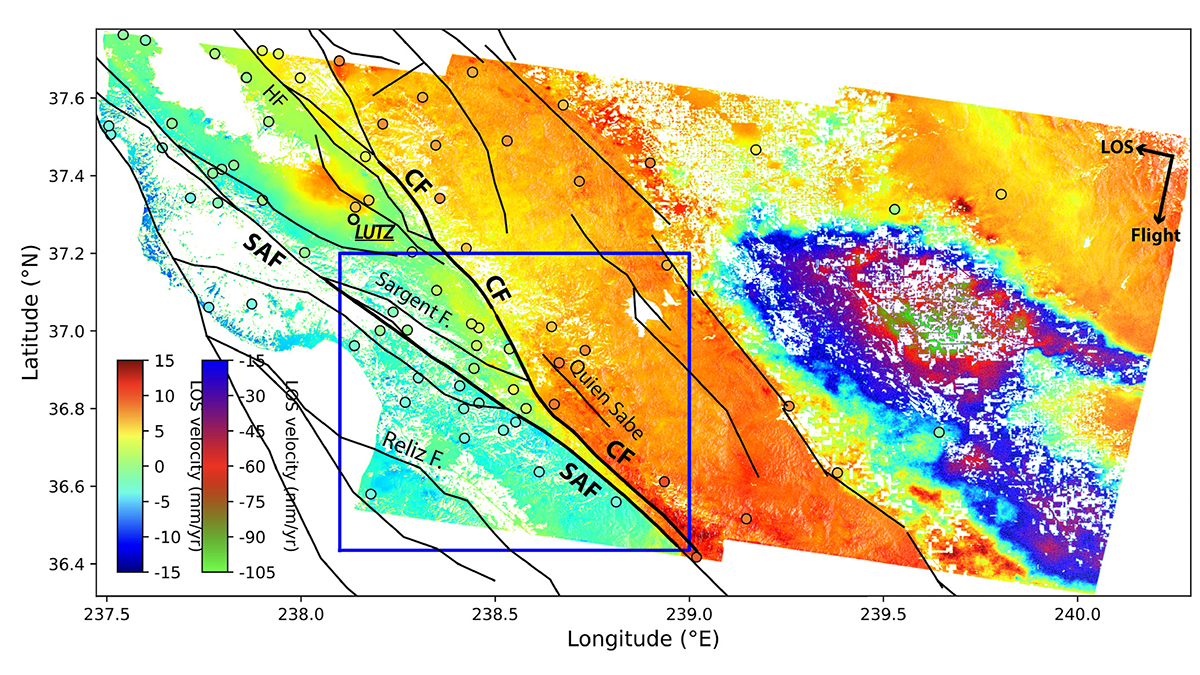Mimicking a randomized control trial of wildfires, scientists use satellites to uncover the key role of vegetation dryness in wildfire risk, aiding wildfire management and preparedness in California.
California
On-Again, Off-Again Lake Cahuilla Likely Enhanced Earthquakes in Southern California
The disappearance of the ephemeral lake has made earthquakes along the San Andreas Fault even more unpredictable.
Los beneficios desiguales de la transición a vehículos eléctricos en California
Un repunte en vehículos limpios ha mejorado más la calidad del aire en comunidades adineradas en comparación con comunidades marginalizadas de California, muestra un nuevo estudio.
As Wildfires Grow, So Could Methane Emissions
Wildfires that wreaked havoc on California in 2020 filled the atmosphere with a potent greenhouse gas.
The Unequal Benefits of California’s Electric Vehicle Transition
An uptick in clean vehicles has improved air quality in wealthier communities over marginalized communities in California, a new study finds.
Rougher Faults May Generate More Earthquake Aftershocks
Lab experiments on pieces of granite reflect natural aftershock dynamics and highlight the role of rock roughness along a fault.
Dating the World’s Tallest Trees
Scientists analyzed more than 1.2 million trees to assemble chronologies of annually dated rings, which will inform fields ranging from climate science to seismology.
Spring and Sewage Are in the Air Near San Diego
Sea spray can transport sewage-contaminated waters inland, potentially exposing those living kilometers from the beach.
Radar Satellites Capture Subtle Slip Evolution on Faults
A five-year time series from radar satellite imagery tracks surface slip on major faults in the San Francisco Bay Area, capturing subtle velocity variations and controlling factors.
Gardens Are Good for the Neighborhood
A new study highlights the benefits of urban gardens for their human caretakers and local ecosystems.










